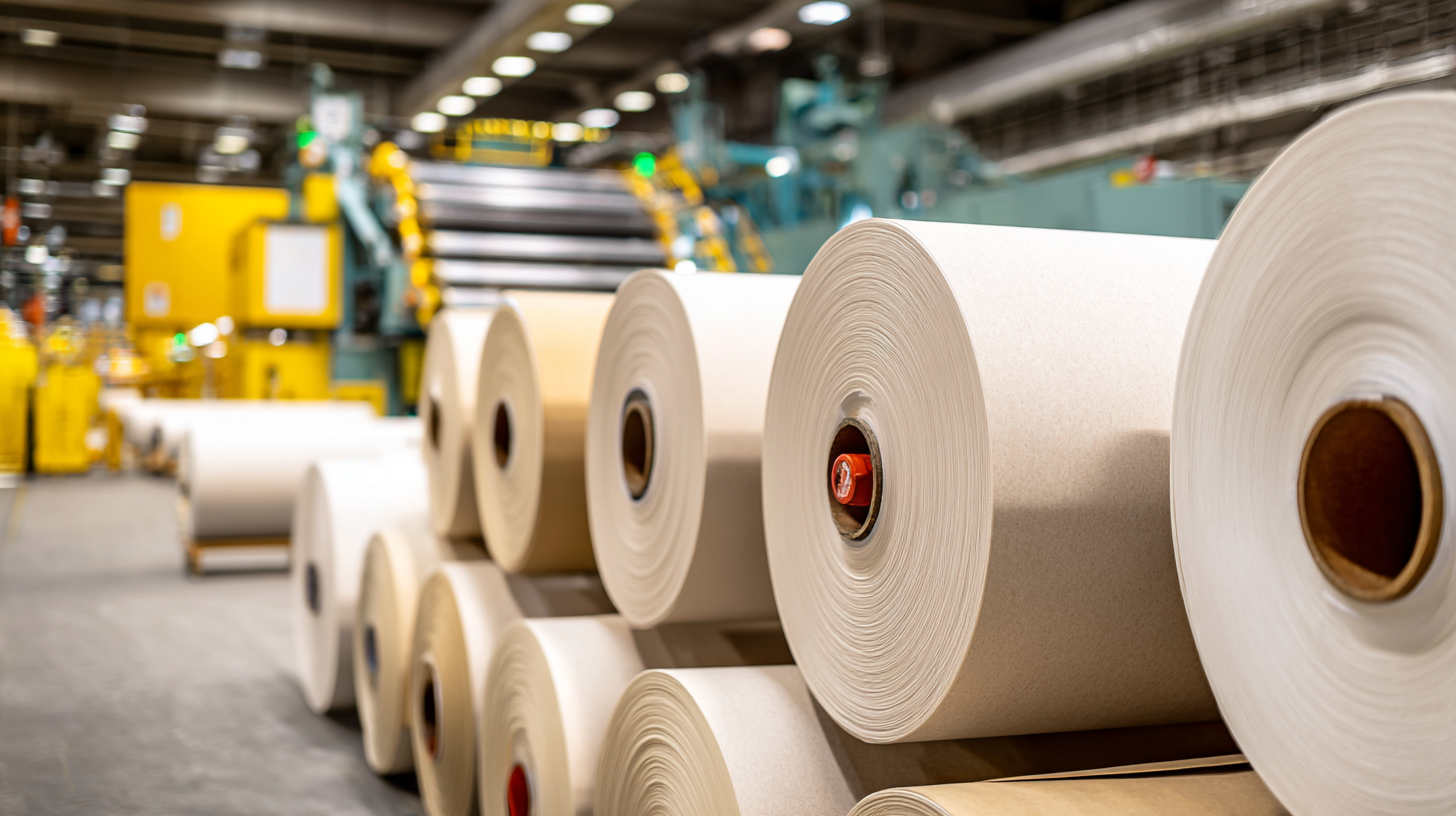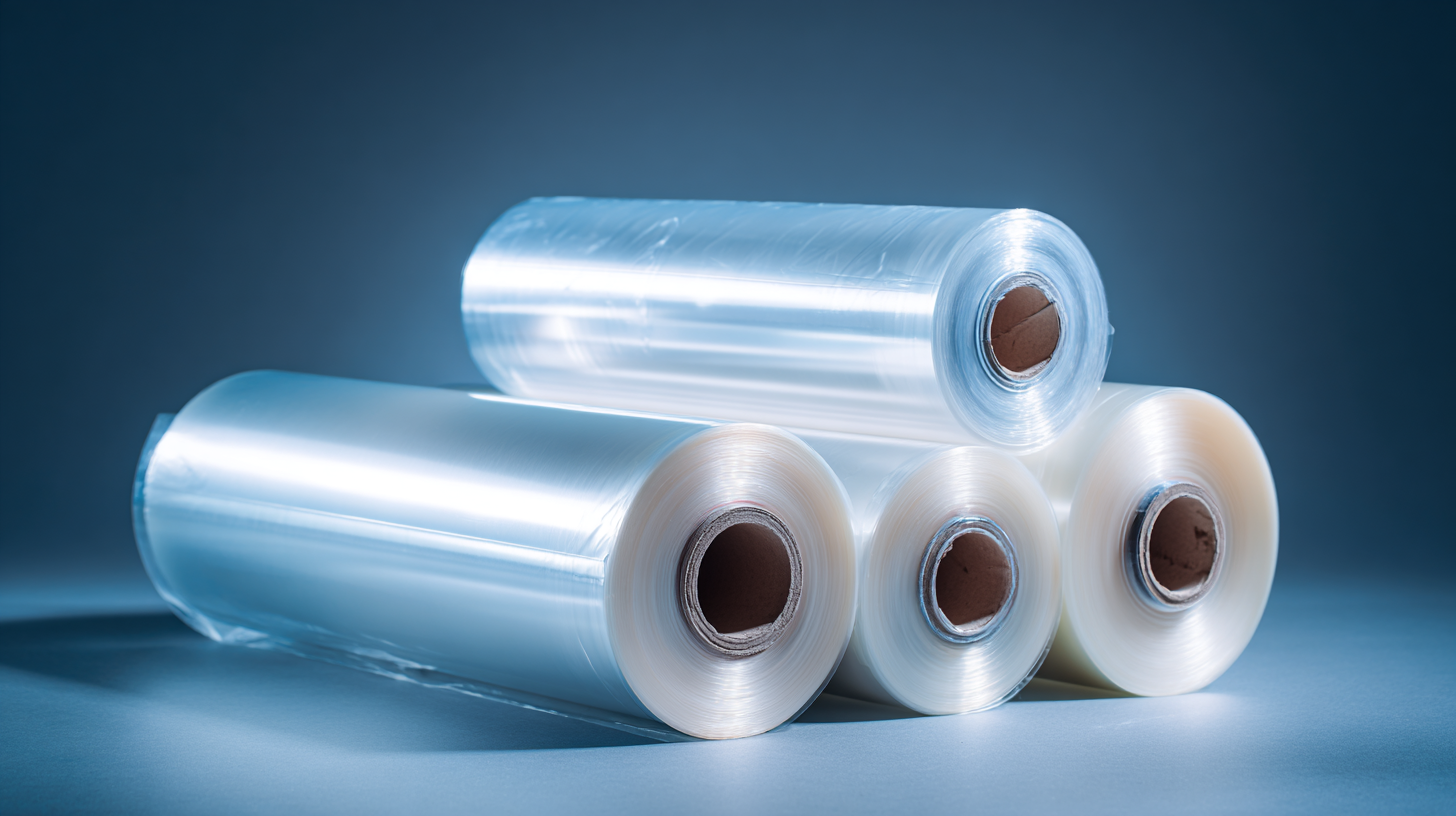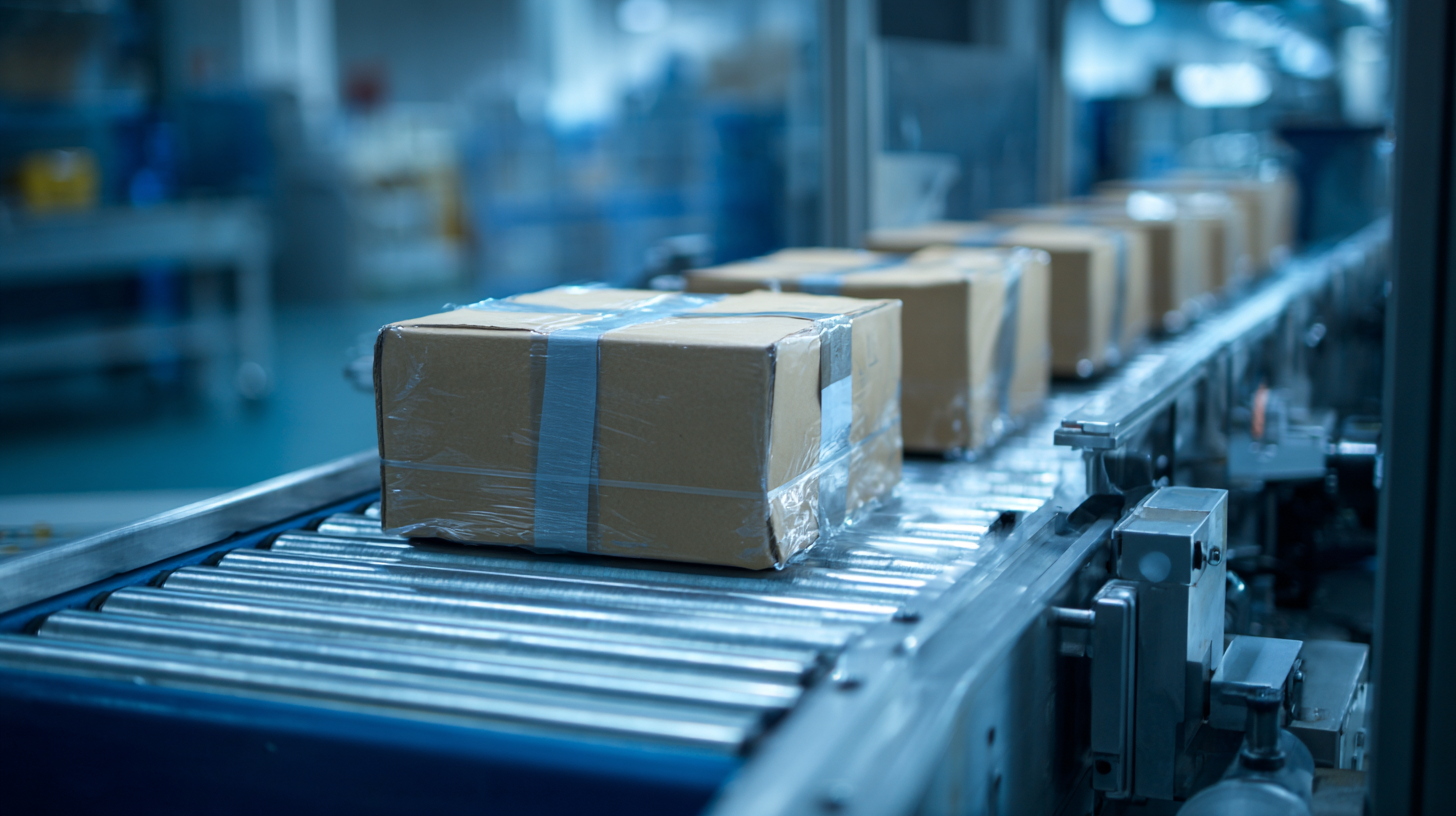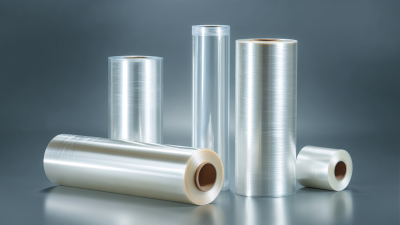In today's competitive packaging landscape, companies are continually seeking innovative solutions to enhance their product presentation and protection. One such solution that is gaining traction is shrink film, a versatile packaging material that is reshaping traditional strategies. According to a report by Smithers Pira, the global shrink film market is projected to reach $7.3 billion by 2024, growing significantly due to its remarkable barrier properties, aesthetic appeal, and cost-effectiveness. This surge in demand highlights the need for businesses to adapt and optimize their packaging tactics. In this blog, we will explore five surprising facts about shrink film that could revolutionize your packaging strategy, enabling you to meet consumer expectations and improve sustainability efforts in a rapidly evolving market.

Shrink film has emerged as an indispensable element in modern packaging solutions, thanks to its incredible versatility. This innovative plastic material is not only effective for securing products but also enhances their visual appeal. From small artisanal goods to large industrial items, shrink film can mold itself to any shape, providing a tight, protective seal that keeps contents safe from dust, moisture, and handling damage. This adaptability means that businesses can package a variety of products without needing multiple types of packaging materials, streamlining their operations and reducing costs.
Additionally, shrink film serves as a canvas for creative branding strategies. With the ability to apply vibrant graphics and designs directly onto the film, companies can create eye-catching packaging that stands out on crowded shelves. This not only attracts consumers’ attention but also reinforces brand identity. Moreover, the transparent nature of many shrink films allows customers to view the product inside, further enhancing their buying confidence. As businesses increasingly turn to sustainable materials, many manufacturers are also offering eco-friendly shrink film options, catering to the growing demand for environmentally responsible packaging.
Shrink film is not just an efficient packaging solution; it also has noteworthy environmental benefits. According to a report by the Flexible Packaging Association, flexible packaging—like shrink film—uses up to 50% less material than rigid packaging counterparts, significantly reducing raw material consumption. Furthermore, when properly recycled, shrink films can contribute to a circular economy by being repurposed into new products, minimizing landfill waste.
Tip: To maximize the environmental benefits of shrink film, consider implementing a recycling program within your facility. The Association of Plastics Recyclers indicates that increasing the recovery rate of flexible packaging can significantly diminish the overall carbon footprint associated with packaging materials.
Additionally, shrink film enhances product stability and protection, reducing spoilage during transportation. The Sustainable Packaging Coalition notes that this improved durability helps brands reduce their carbon emissions per unit of product shipped.
Tip: When redesigning your packaging strategy, explore using lightweight shrink films to decrease transportation costs and emissions. Opt for materials that are certified recyclable to align your business practices with sustainability goals.
Shrink film has become an essential tool in packaging due to its unique ability to enhance product visibility and shelf appeal. According to a recent report by Research and Markets, the shrink film market is expected to reach $6.5 billion by 2025, driven by its effectiveness in capturing consumer attention. Transparent shrink film provides a crystal-clear view of the product while offering tamper resistance, which significantly boosts consumer confidence and increases the likelihood of a purchase.
To maximize the benefits of shrink film, brands should consider using vibrant graphics and colors on the film itself. A study by the Packaging Association found that products with eye-catching packaging can lead to a 30% increase in sales compared to standard packaging. Incorporating unique shapes and designs can further differentiate a product on crowded shelves.
When implementing shrink film in your packaging strategy, it’s crucial to test different film thicknesses and materials to find the perfect balance between durability and aesthetics. Utilizing biodegradable shrink films not only appeals to environmentally-conscious consumers but also enhances brand image, as highlighted in a report by Nielsen which states that 73% of global consumers would change their consumption habits to reduce environmental impact.

Shrink film is rapidly becoming the go-to packaging solution for businesses of all sizes, and its cost-effectiveness is a pivotal reason behind this trend. For small businesses, shrink film offers an affordable way to enhance product presentation without breaking the bank. It provides a professional finish that can attract customers, ultimately boosting sales. The ability to customize sizes and designs also allows small businesses to create packaging tailored to their unique products, making shrink film a versatile option that maximizes both functionality and aesthetic appeal.
Large enterprises, on the other hand, benefit from shrink film’s scalability and efficiency. The material is lightweight, which reduces shipping costs, and its ability to tightly wrap products means that it optimizes space in warehouses and during transit. Additionally, shrink film is a reliable barrier against moisture, dust, and damage, significantly reducing the likelihood of product loss and the costs associated with returns. By implementing shrink film in their packaging strategy, large businesses not only streamline their logistics but also enhance their bottom line, making it a smart investment for sustained growth.
Shrink film presents significant cost-saving opportunities across various business sizes. Small businesses can save an average of 15%, medium businesses about 25%, and large businesses possibly up to 35%. Adopting shrink film as part of your packaging strategy can lead to improved efficiency and reduced expenses.
 Shrink film is often viewed as a standard packaging material, but its innovative applications are pushing the boundaries beyond traditional uses. Companies are now incorporating sustainable practices into shrink film solutions, including the use of recycled content. These advancements not only help reduce plastic waste but also lower CO2 emissions, leading the way for a more eco-friendly packaging industry.
Shrink film is often viewed as a standard packaging material, but its innovative applications are pushing the boundaries beyond traditional uses. Companies are now incorporating sustainable practices into shrink film solutions, including the use of recycled content. These advancements not only help reduce plastic waste but also lower CO2 emissions, leading the way for a more eco-friendly packaging industry.
Tip: Consider exploring shrink films made from recycled materials for your packaging needs. This small change can significantly contribute to reducing your overall environmental footprint while maintaining product integrity.
Moreover, recent innovations have introduced recyclable multi-purpose shrink films as an alternative to conventional options. These next-generation solutions offer the durability and performance of traditional films while facilitating easier recycling processes. This shift not only caters to consumer demand for sustainable packaging but also aligns with corporate responsibility goals.
Tip: When designing your packaging strategy, assess the recyclability of materials used. Opt for films that can be repurposed, minimizing waste and promoting a circular economy.






